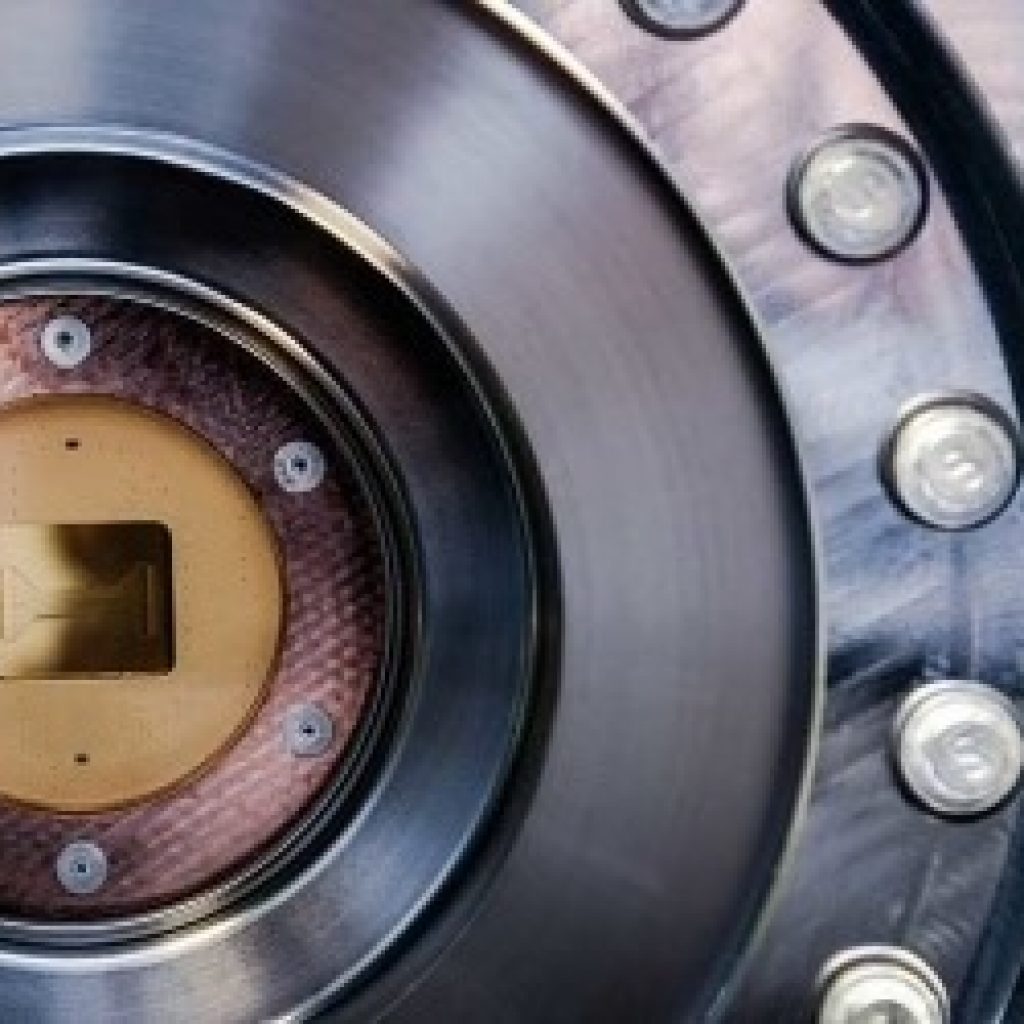(SpectrumIEEE) Last week, Honeywell’s Quantum Solutions division released its first commercial quantum computer: a system based on trapped ions comprising 10 qubits. The H1, as it’s called, is actually the same ion trap chip the company debuted as a prototype, but with four additional ions. Separately, a competitor in ion-trap quantum computing, Maryland-based startup IonQ, unveiled a 32-qubit ion computer last month.
Ion trap quantum computers are made of chips that are designed to trap and hold ions in a line using a specially-designed RF electromagnetic field. The chip can also move specific ions along the line using an electric field. Lasers then encode the ions’ quantum states to perform calculations. Proponents say trapped-ion-based quantum computers are attractive because the qubits are thought to be longer-lasting, have much higher-fidelity, and are potentially easier to connect together than other options, allowing for more reliable computation.
Both companies measure their systems’ abilities using a value called quantum volume. Honeywell says its 10-qubit system has a measured quantum volume of 128, the highest in the industry. IonQ’s earlier 11-qubit prototype had a measured quantum volume of 32.
With the launch of its commercial system, Honeywell unveiled that it will use a subscription model for access to its computers. Customers would pay for time and engagement with the systems, even as the systems scale up throughout the year.
IonQ CEO Peter Chapman told Ars Technica that the company plans to double the number of qubits in its systems every eight months for the next few years. Instead of physically moving ions to get them to interact, IonQ’s system uses carefully crafted pairs of laser pulses on a stationary line of ions.
Rapid Scale-Up of Commercial Ion-Trap Quantum Computers
